Medicinal Plant Cultivation: A Scientific Approach
Synopsis
World Health Organisation (WHO) has estimated that atleast 80% of the world population rely on traditional systems of Medicine for their primary health needs. These systems are largely plant based. According to WHO over 21000 plant species are useful in the preparation of medicines. Due to the growing awareness about side effects and complications of chemical and synthetic medicines, cosmetics and health supplements, usage of herbal products has gained importance both in the Eastern and Western worlds. Herbal plants have global market worth about US$ 82 billion per annum and India’s share is only 0.2%. We hope that this market will grow up to about 15% in near future. Planning Commission of Government of India in June 1999 has established a task force to study the export market. The task force suggested to fix up the target o medicinal plant export to the tune of Rs. 3000 crores by 2005 and Rs. 10,000 crores by 2010. This is the proper time for India to make relentless efforts to take substantial cultivation and share in current herbal market. The uncontrolled collection and sale of large quantities of plant material from the forest leads to destruction of many forest plants. Local communities, traditional medicinal herbalists and herbal medicine vendors popularly collect roots, bark and whole shrubs. This is a serious problem. Cultivation o medicinal plants especially high value medicinal plants is creating new dimension in the field of agriculture. The Medicinal Plant Industry puts together the various facets of this multi-disciplinary industry and its global interest. The need for developing countries to acquire technologies and techniques for programmed cultivation of medicinal plants is a current issue. Various aspects of medicinal plant cultivation includes old philosophies, modern impact of traditional medicines, and methods of assessing the spontaneous flora for industrial utilization, climatic variations, biological assessment, formulation, process technologies, phytochemical research and information sources. Indian herbal Industry is at blooming stage, however cultivation of medicinal plants is not so easy. It is a challenging task because less is known about their seed biology. Much efforts have not been made to search elite specimens and their propagation. There is a need for a scientific approach for propagation of medicinal plants and to collect relevant information regarding agrotechnology, genuine planting material. Economics of field cultivation, high yielding varieties etc. One has to explore wild medicinal plant species and to bring them under cultivation. Sometimes plants selected from the wild population may be suitable for the cultivation and there is no immediate necessity for any improvement programs in it. Scientific cropping of industrially important medicinal plant is an integrated approach with agricultural and forestry with optimum land and water resources utilization. In India, various medicinal plants are cultivated and domesticated, therefore, International trade is looking to procure medicinal plant materials from India for the production of pharmaceutical, nutraceutical and cosmeticeutical preparations. India is also making efforts for cultivation, collection, characterization, planned hybridzation programs for improvement of the plant species, and conservation medicinal plants restoring their genetic resources, etc for commercial cultivation Plant the breeders of medicinal plant play key role in improvement of medicinal plants because he cares for stable produce, uniform plant growth and maturity, economic to grow and of good quality. Indian farmers are facing various problems in cultivation of medicinal plants because of lack of proper agro-technology, high fees for packages developed by various organizations, lack of reliable and standardized technology package, lack of planting material, market potential and system, cultivated us wild plants, organic farming techniques, etc. Knowledge of post-harvest processing technology of plants for the extraction of chemicals and preparations of active formulation is still needed. For this purpose one has to take help of research organizations, private institutes, farmers, NGO’s public sector institutes etc. for better technical know-how of cultivation and post-harvest techniques of medicinal plants. Role of women in particular in harvesting most of this forest produce and collective fuel wood is of paramount importance. This has generated income for them and in turn improved quality of their life. The purpose of the present book to gives overall information about general cultivation practices of medicinal plants. Individual plant has also been discussed with its cultivation techniques. Procedure for getting financial aids through various financial agencies has also been mentioned.
Read more
49.50
44.55
$
55.00 $
Free delivery Wolrdwidе in 10-18 days
Ships in 1-2 days from New Delhi
Membership for 1 Year $35.00
Get it now and save 10%
Get it now and save 10%
BECOME A MEMBER
Similar items
-
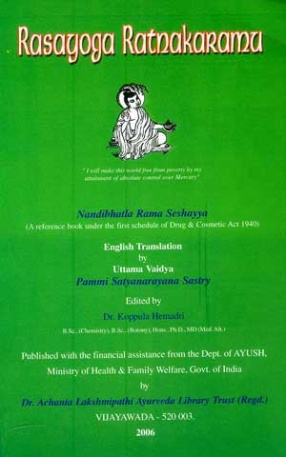
Rasayogaratnakaramu: Rasa Yoga Ratnakaramu
-
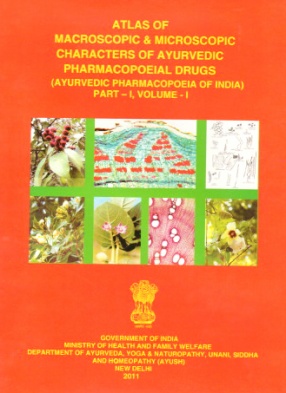
Atlas of Macroscopic & Microscopic Characters of Ayurvedic Pharmacopoeial Drugs: Ayurvedic Pharmacopoeia of India, Part-I, Volume I
-
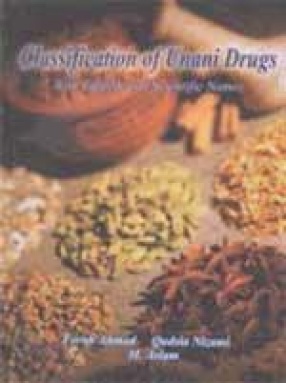
Classification of Unani Drugs: With English and Scientific Names
-

Simplest Remedies for All Diseases: Simple Solution of Everybody's and the World's Medical Problem

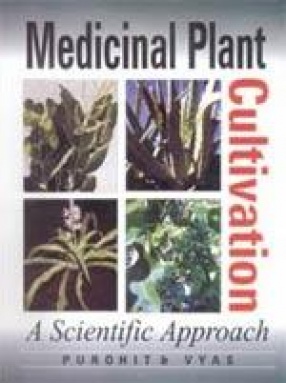
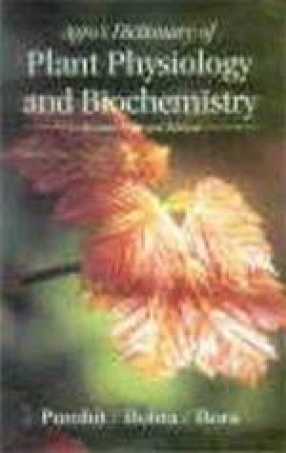
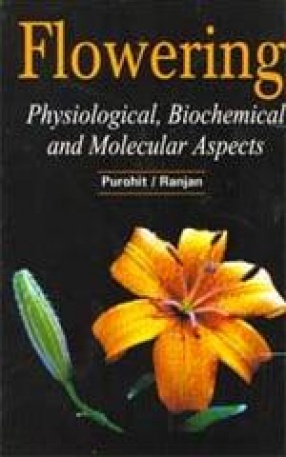



Bibliographic information
S S Purohit
Tags